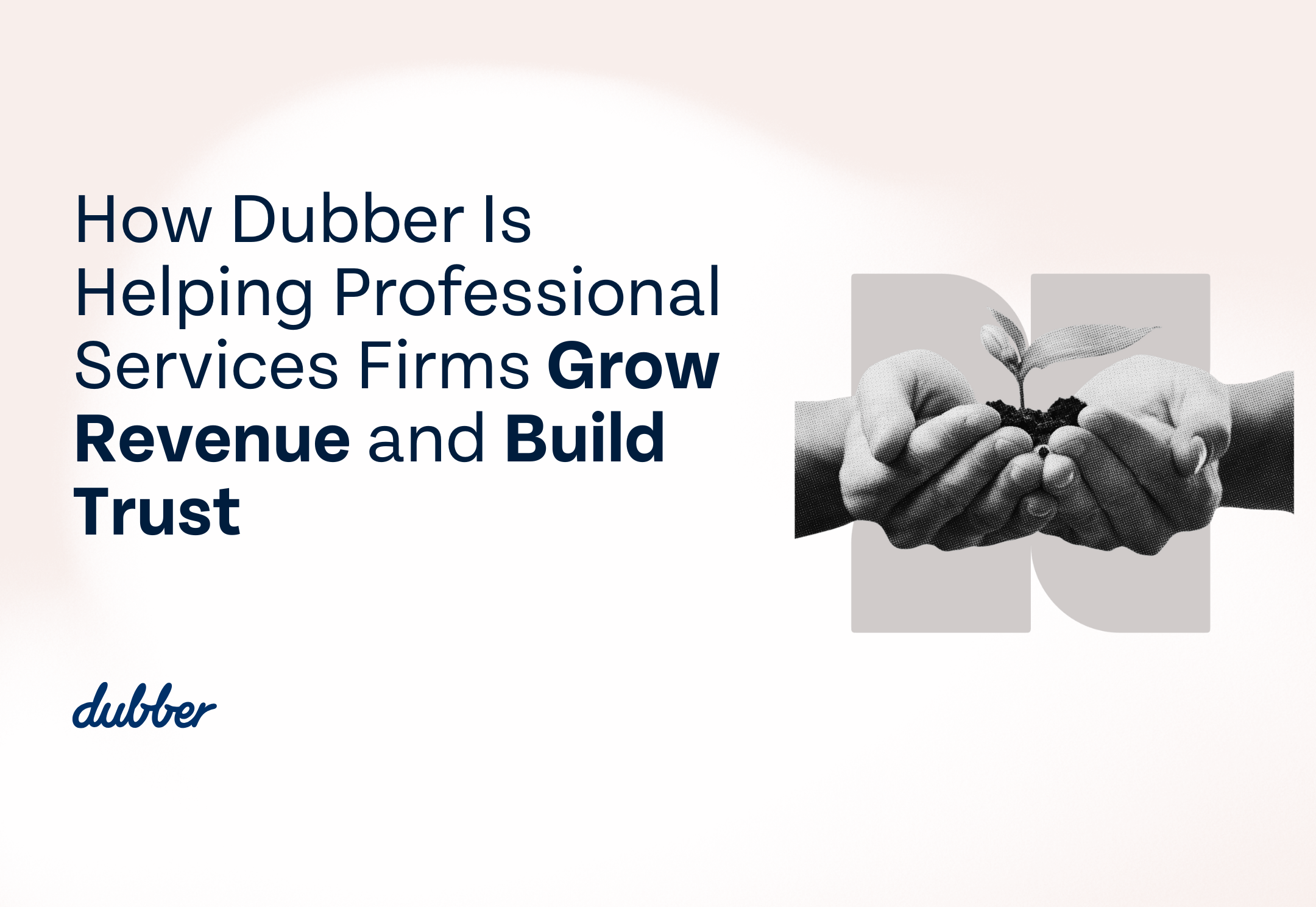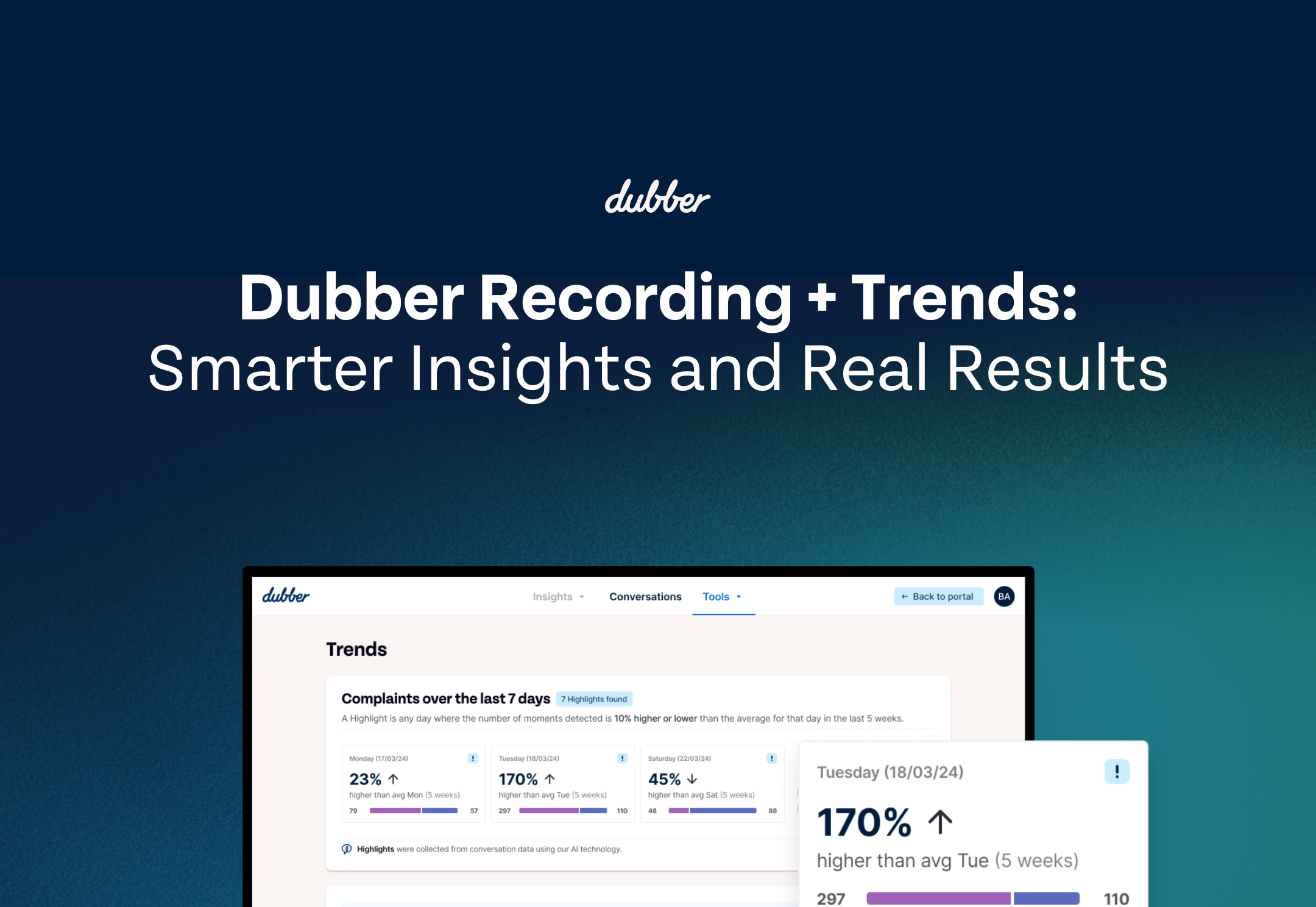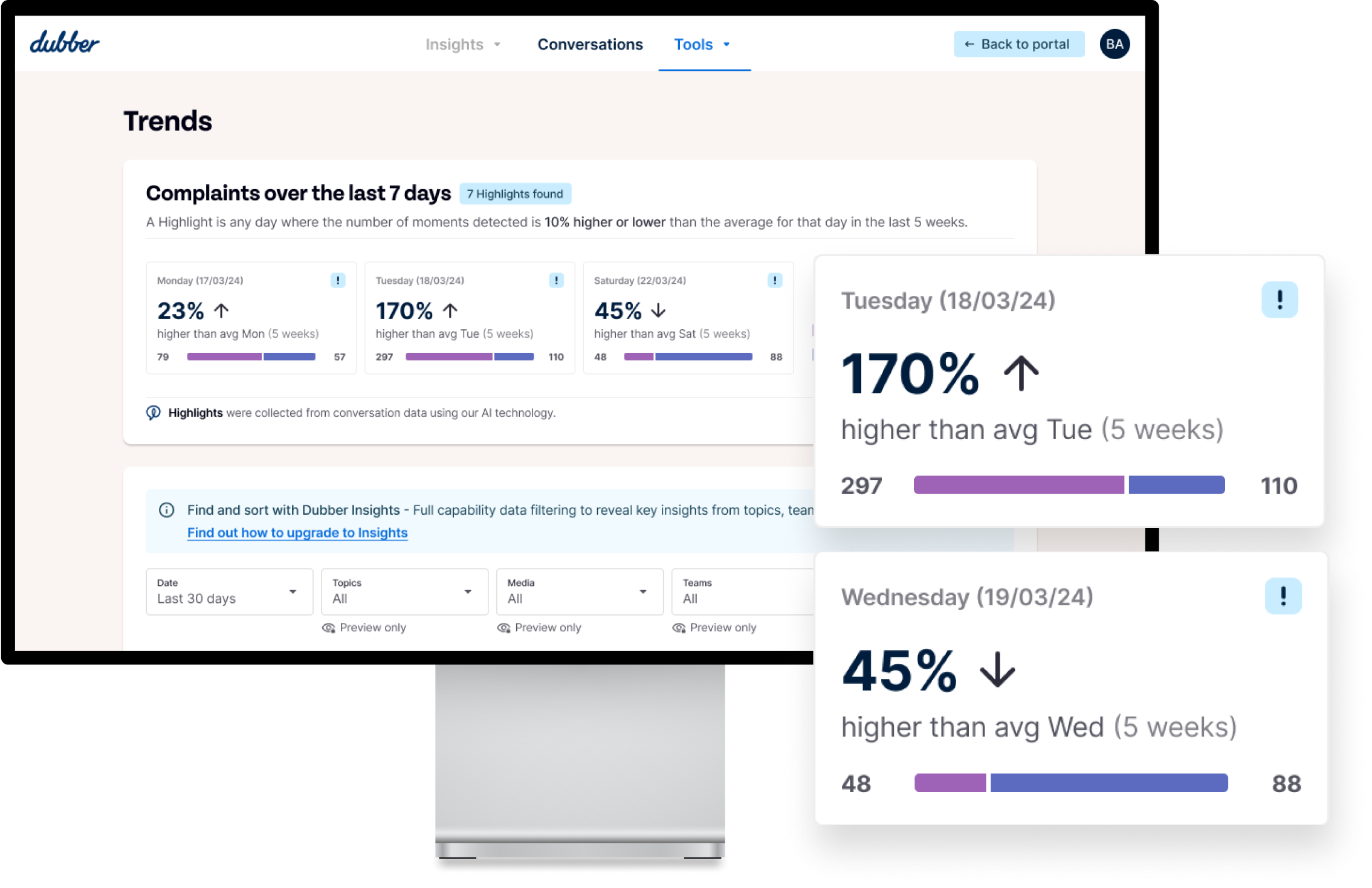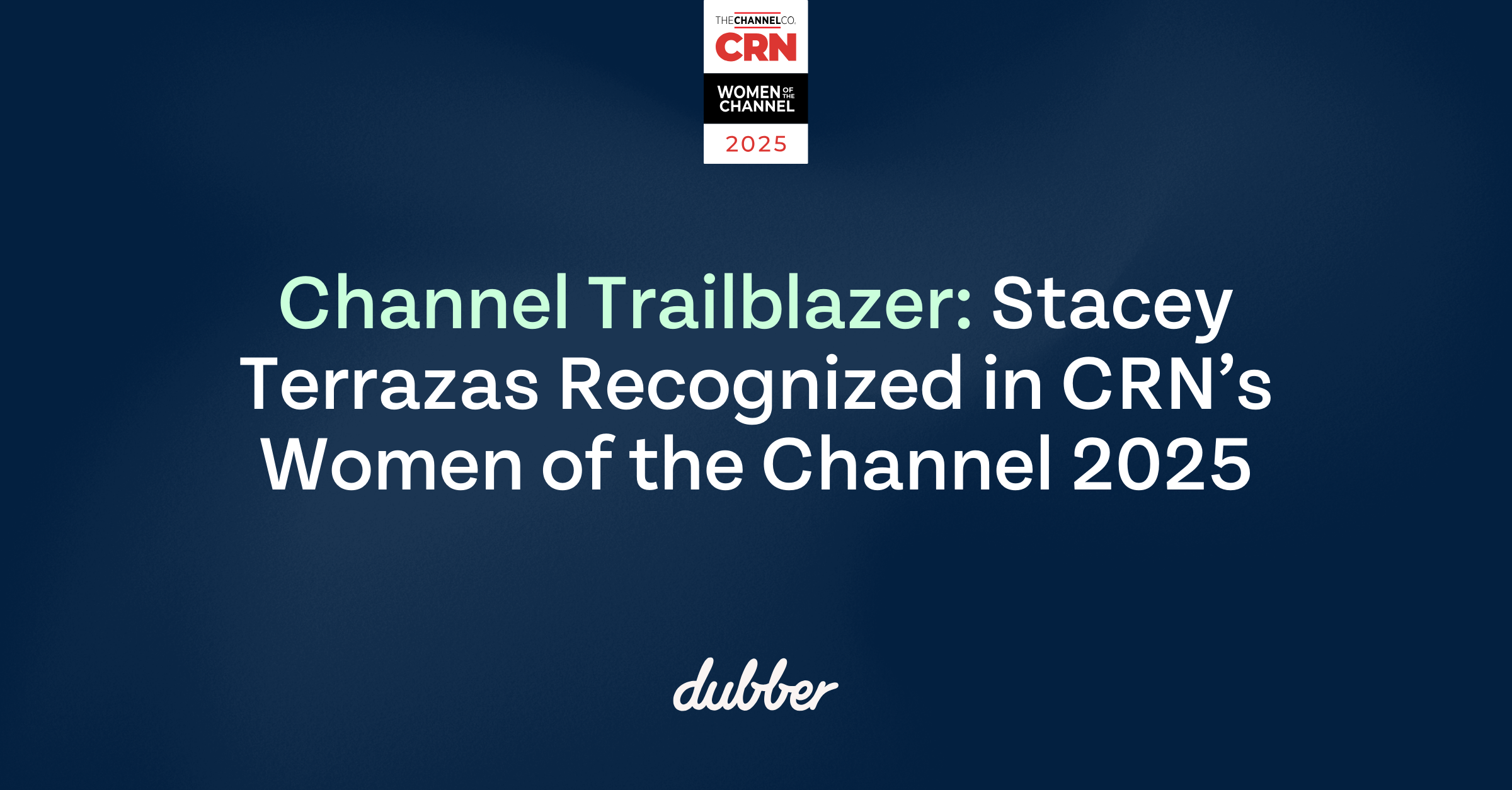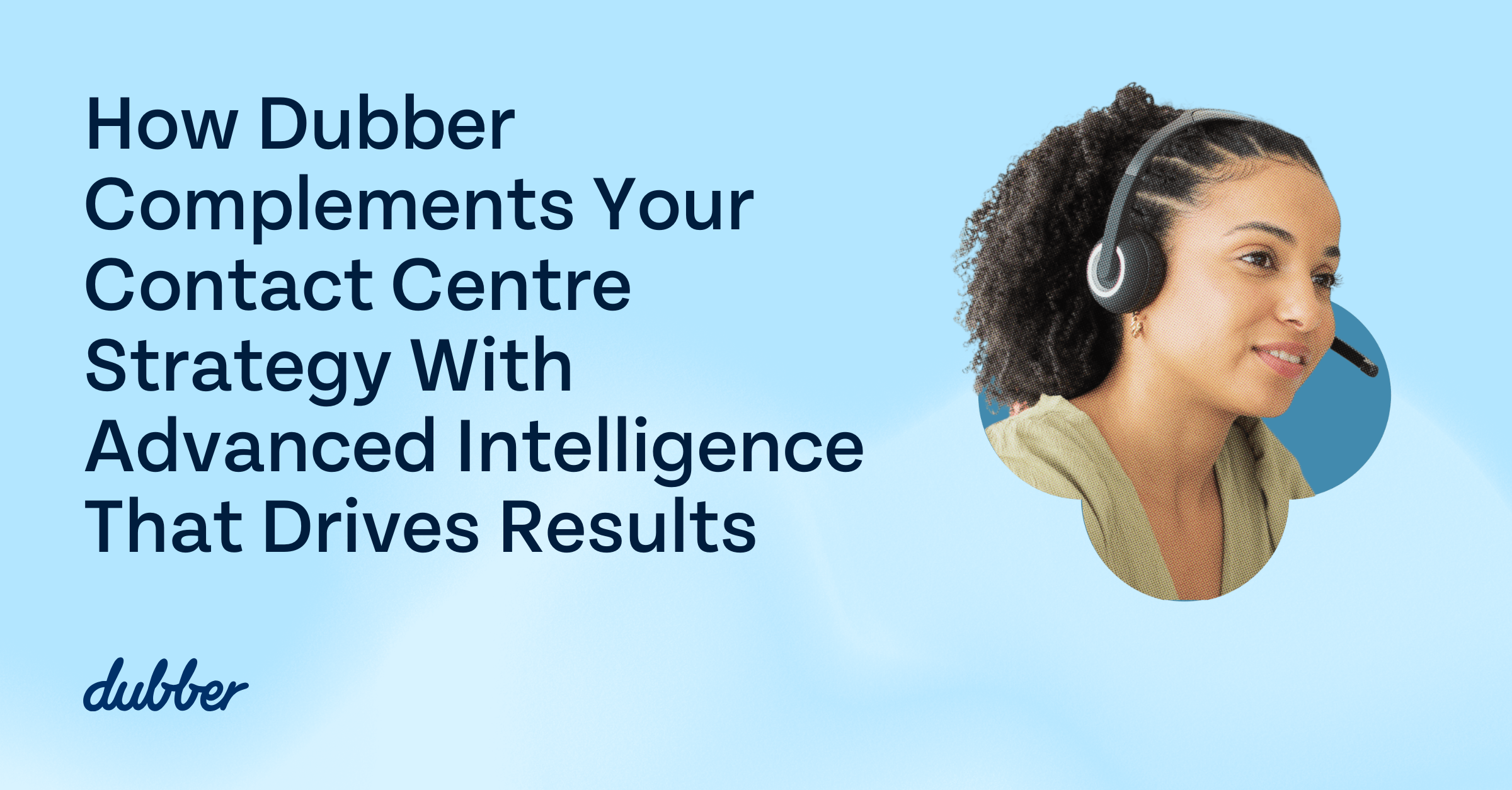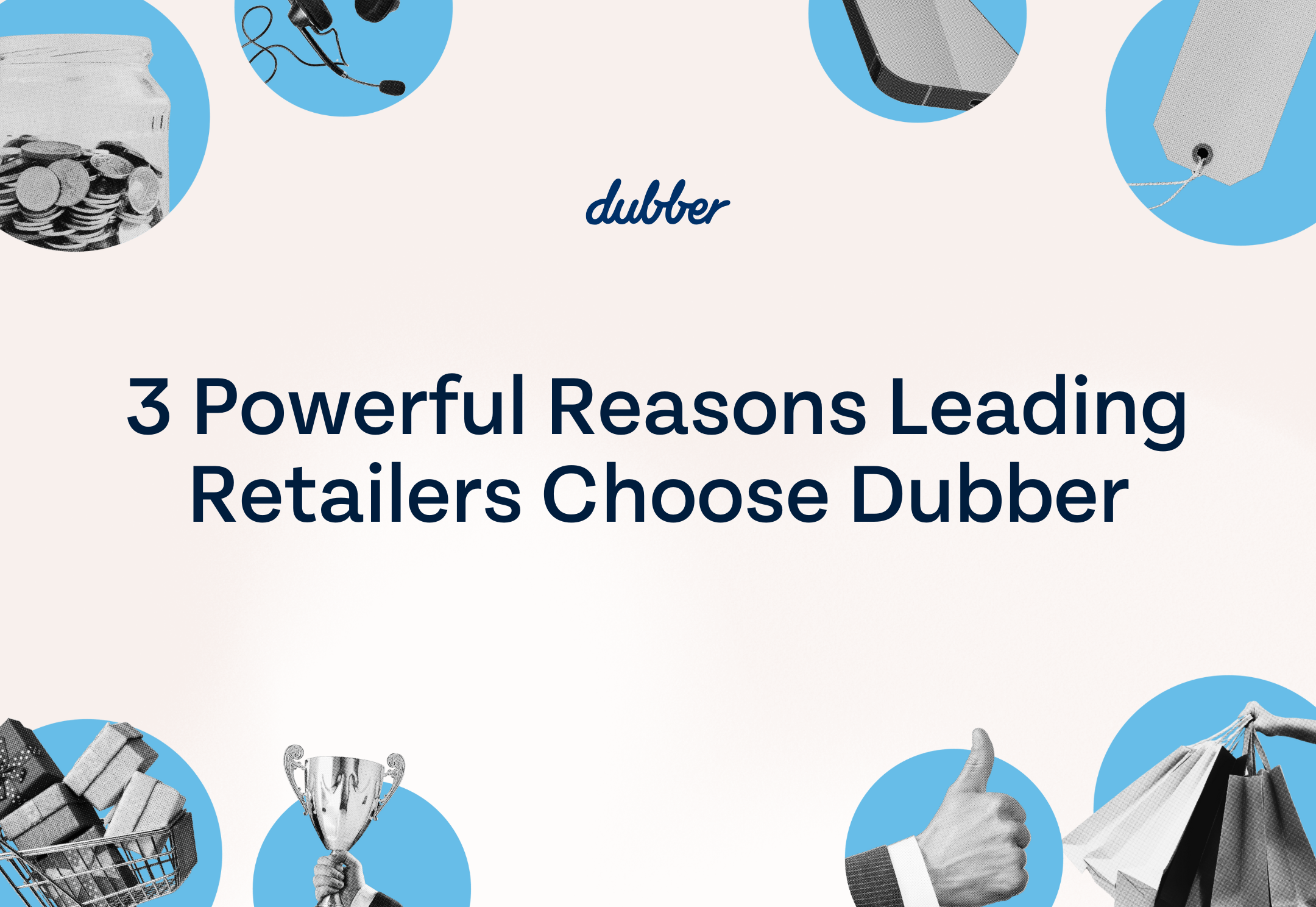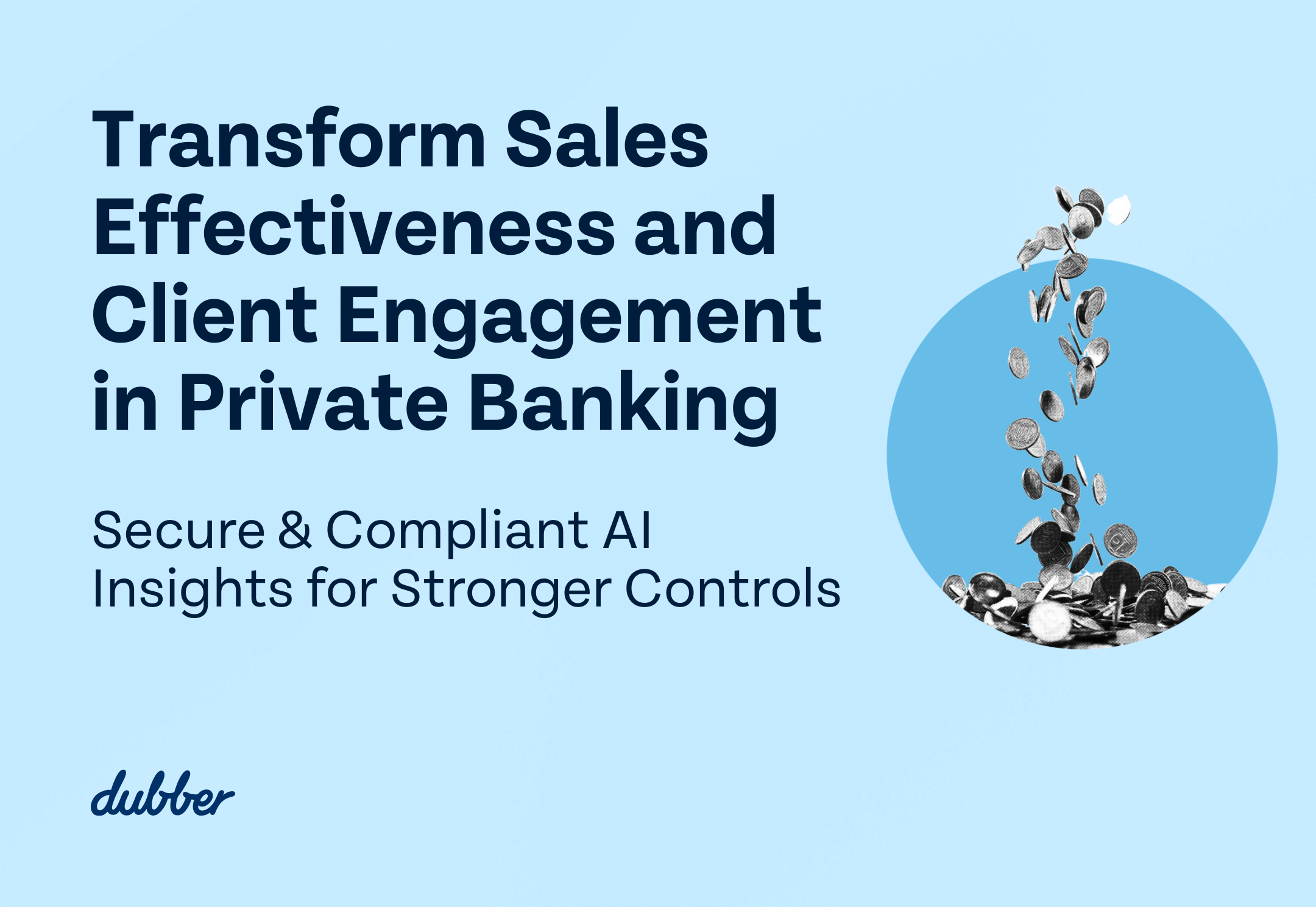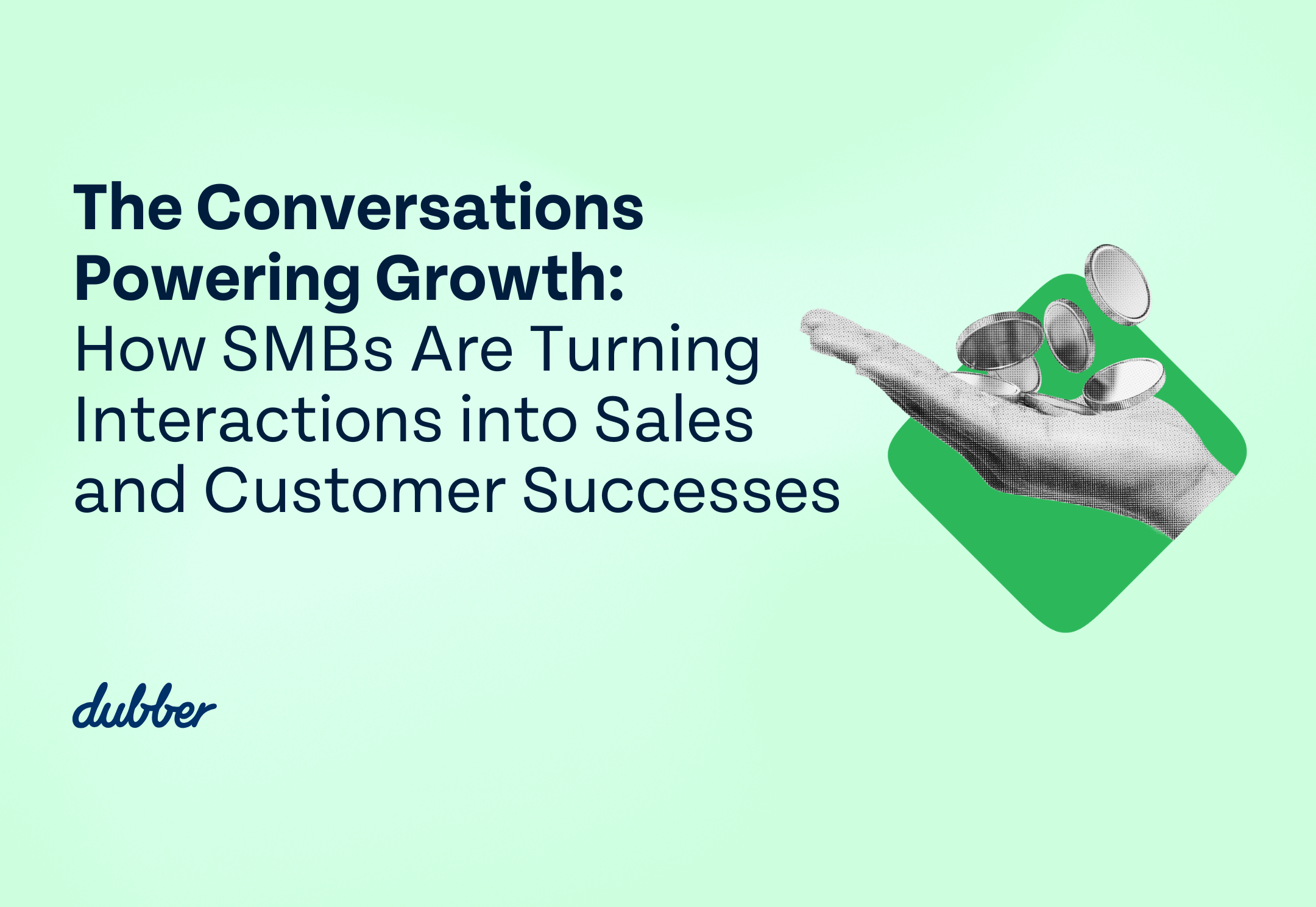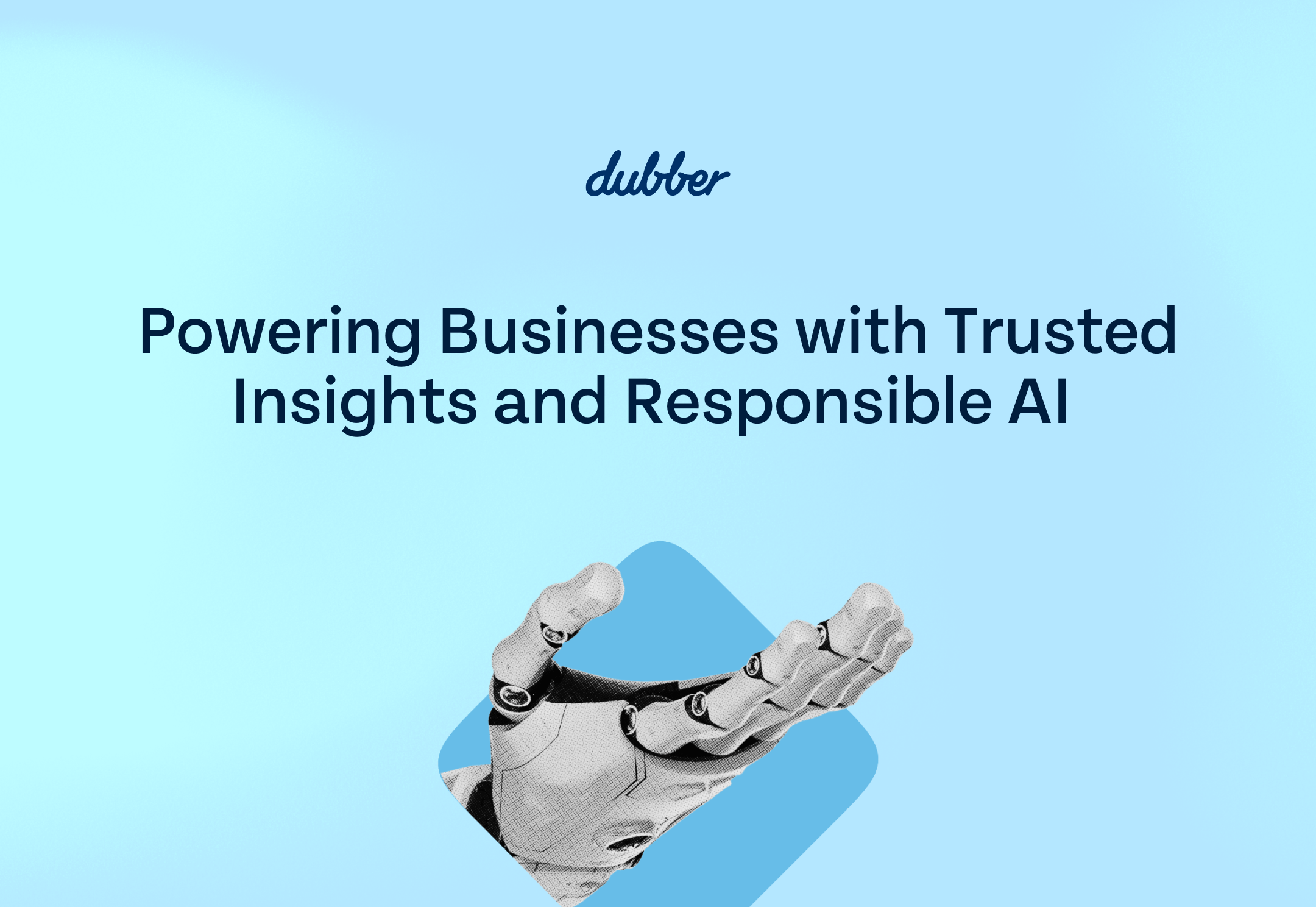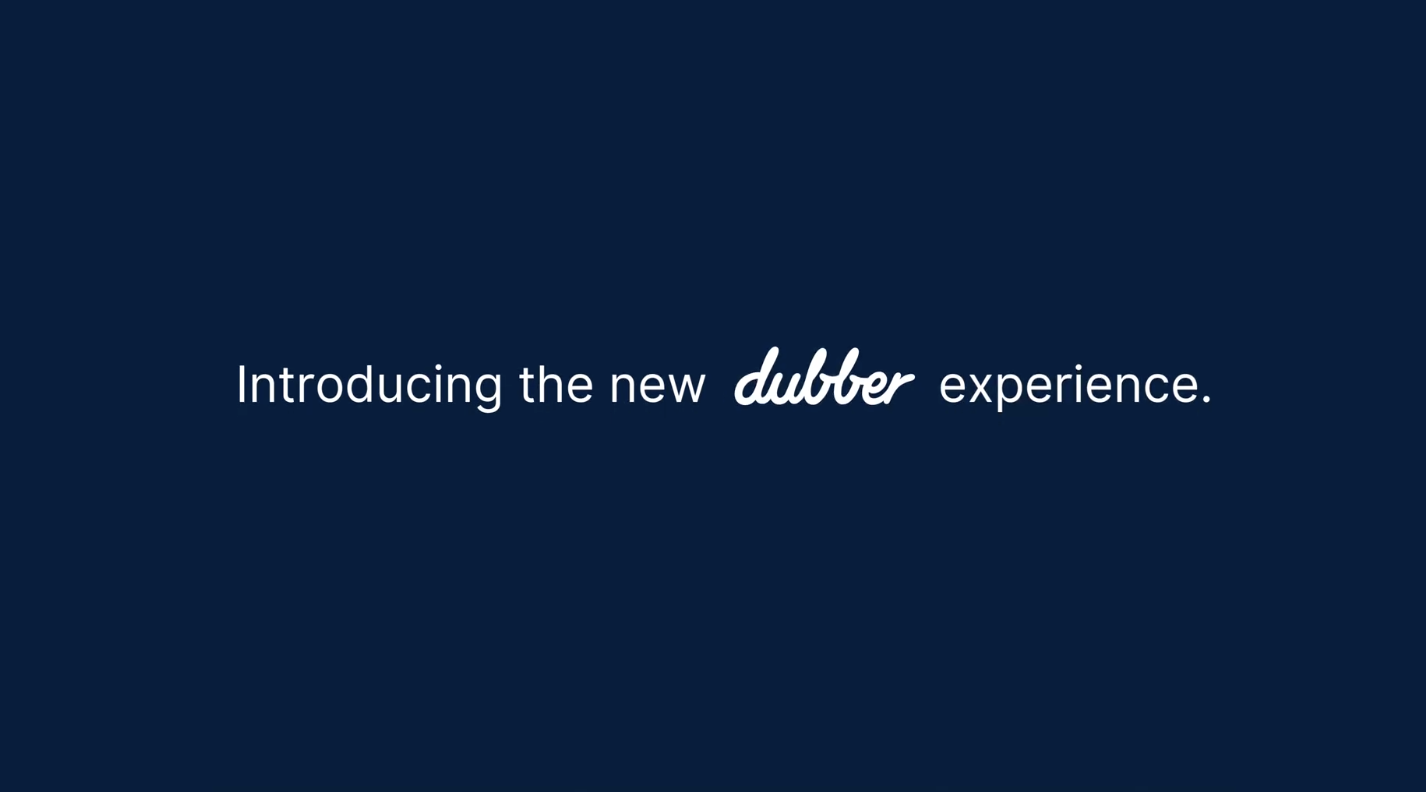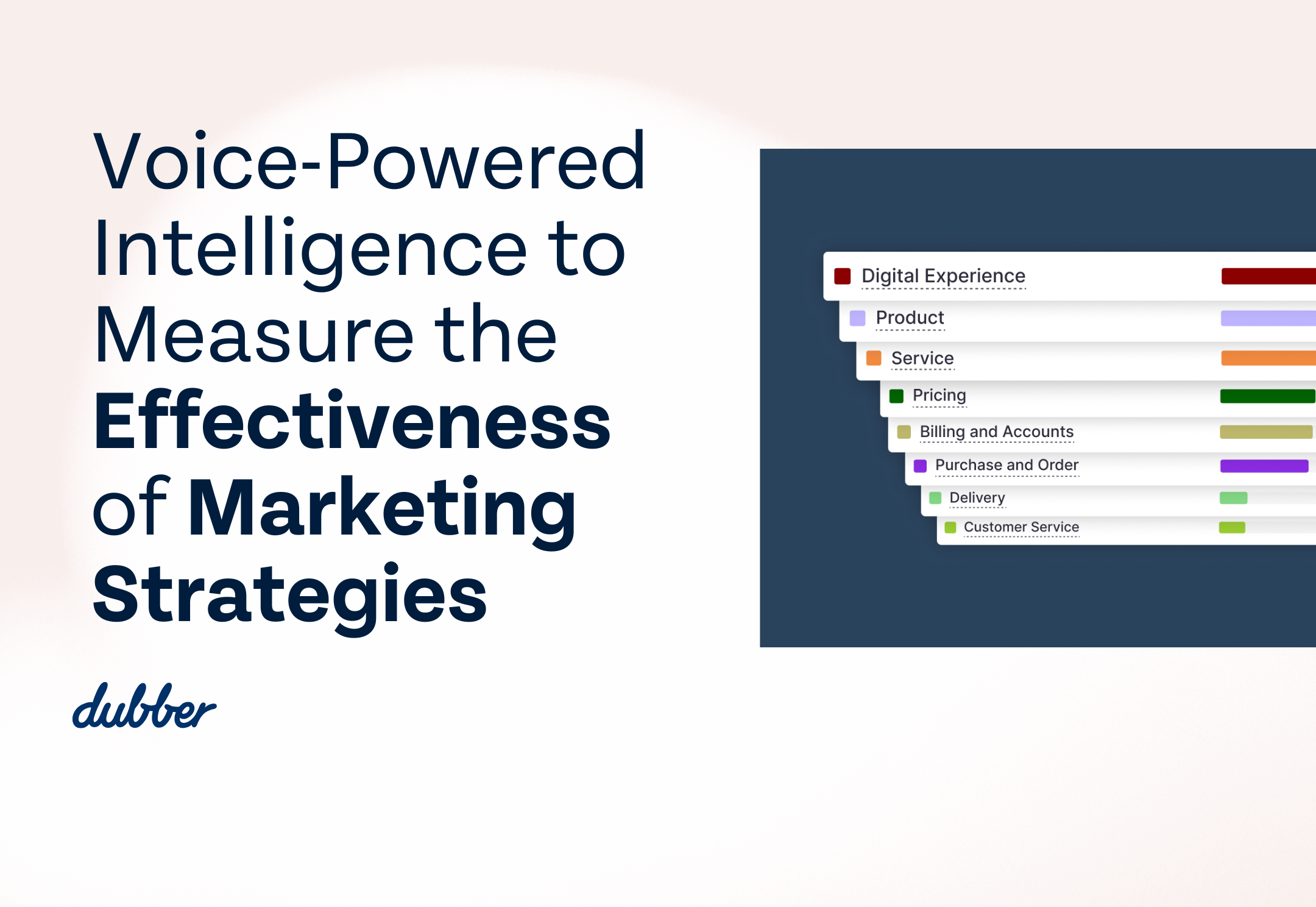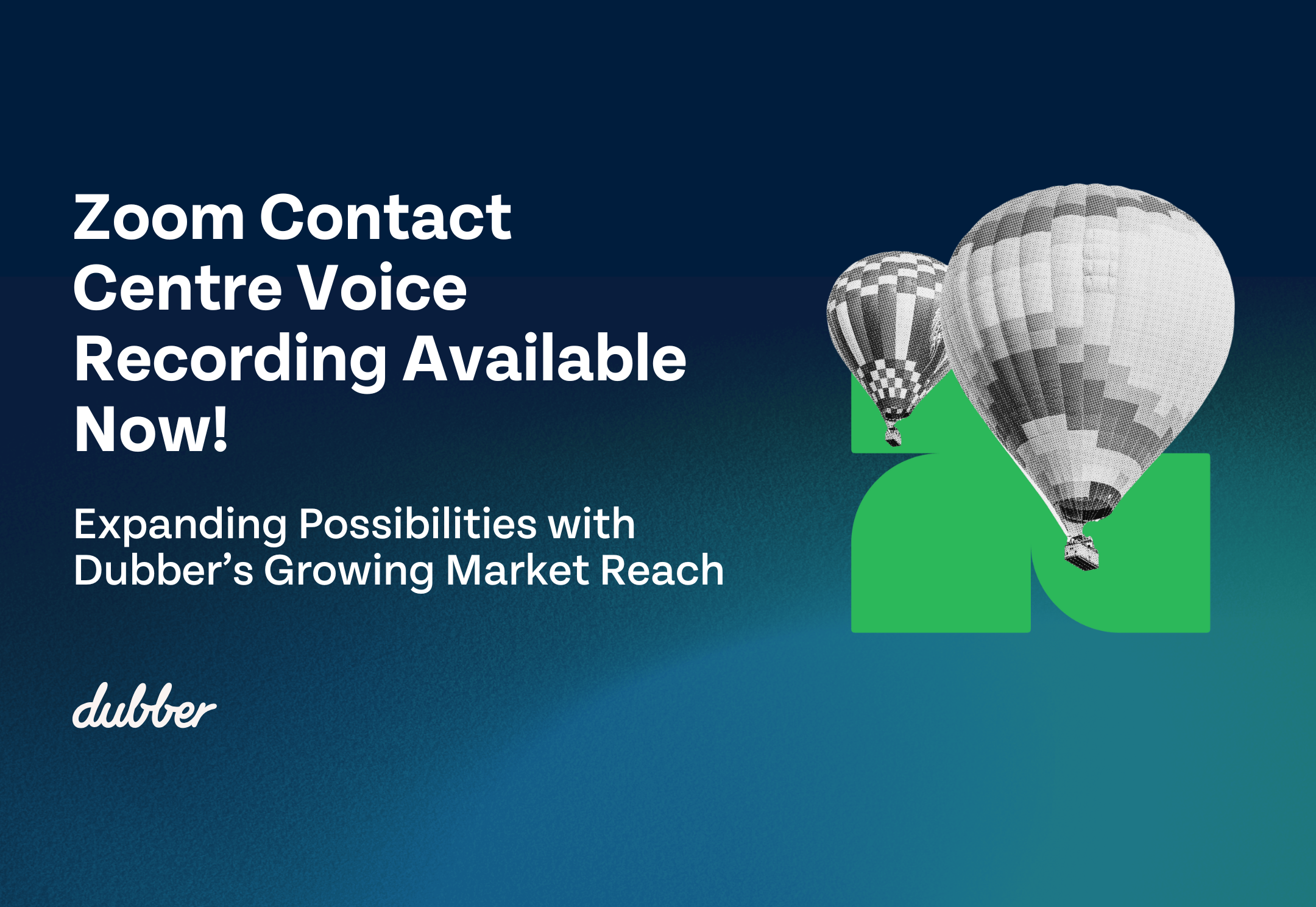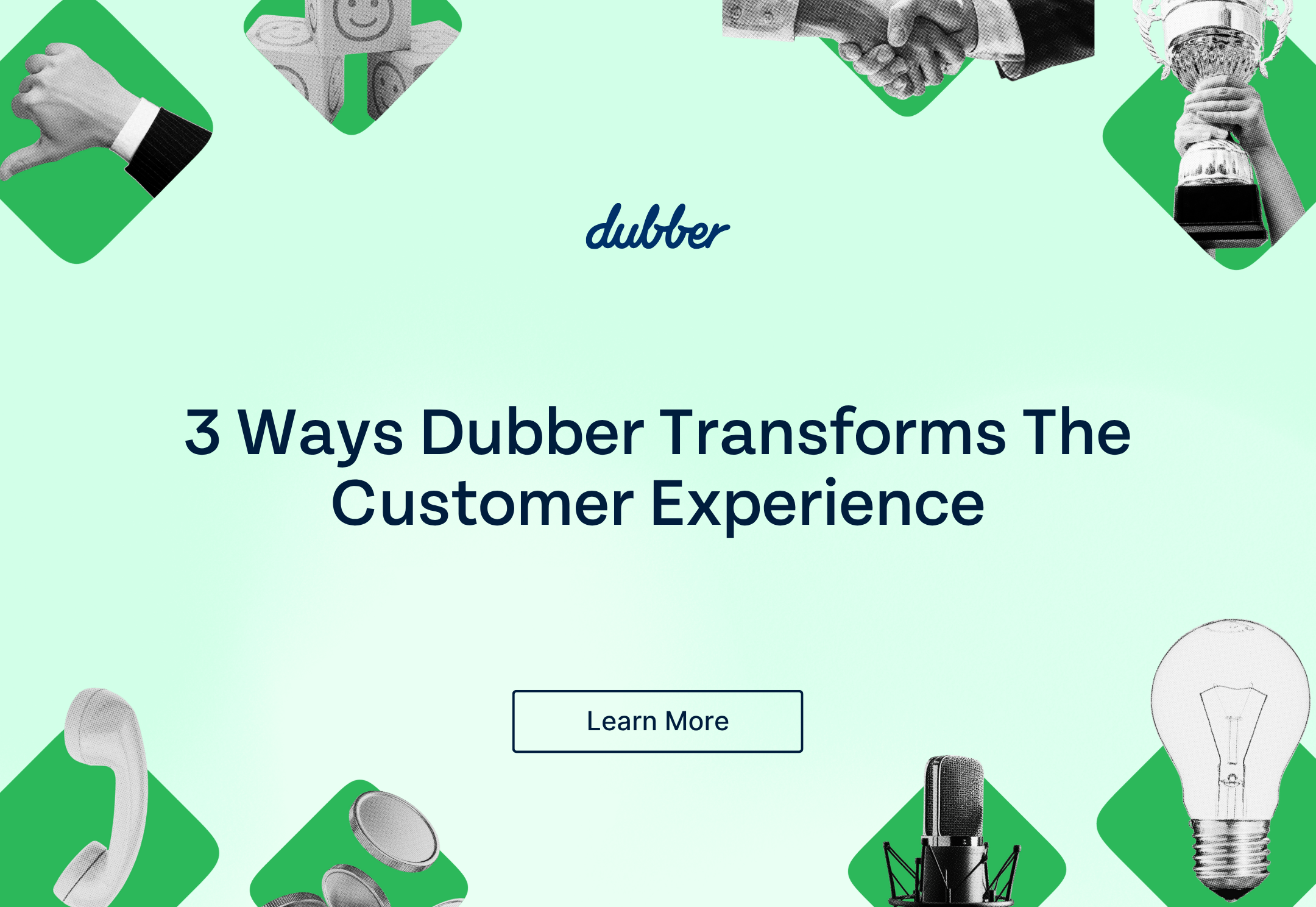
Smart, secure, and insightful communications help deliver exceptional service for businesses and their valued customers. At Dubber, we are redefining how industries engage with the people they serve by capturing and analysing conversations in real time to provide powerful opportunities to improve service, build trust, and gain a competitive edge.
3 Ways Dubber is Transforming the Customer Experience:
Better Care for Healthcare Patients
In healthcare, clear and compliant communication can be the difference between a positive outcome and a mistake. It’s not just about operational efficiency, but protecting patients and ensuring they feel heard, understood and safe.
The result? Healthcare professionals can review details and reduce miscommunication, for more accurate and personalised care, stronger patient trust, improved health outcomes.
Building Trust and Transparency in Financial Services
Clients expect transparency, security, and professionalism at every touchpoint in financial services. With Dubber, firms can automatically capture and store calls, video meetings, and messages across all platforms, creating a complete, compliant record of every interaction.
The result? Strengthened client trust through a clear commitment to accountability, leading to stronger relationships and better alignment of products and services with their needs.
Personalisation at Scale in Retail
Dubber gives retailers access to rich insights from real customer conversations, helping teams deliver personalised experiences. By capturing interactions across voice and digital channels, businesses can identify patterns, preferences, and pain points in real time. This allows for faster resolutions, more relevant recommendations, and a tailored customer experience.
The result? Stronger customer satisfaction, increased loyalty, repeat business, and a competitive edge in a saturated market.
Regardless of industry, Dubber supports communications to become an opportunity to listen better, act smarter, and deliver more value to customers.
For any questions, contact us here: contactus@dubber.net
